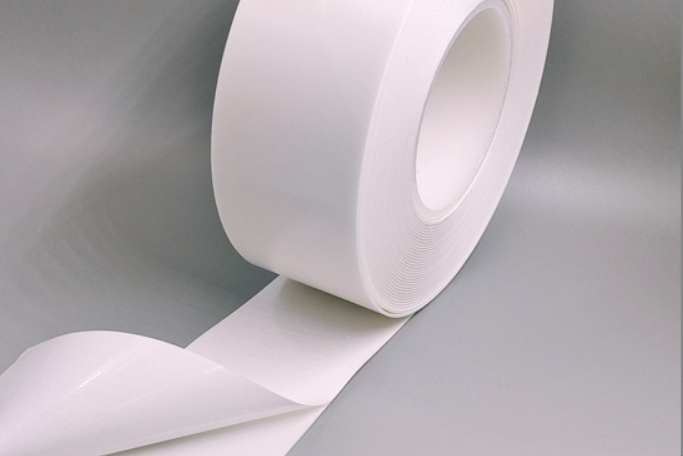Fita médica da espuma do PE para ECG, ESU, EKG
Fita de espuma médica PE(Produto semi-acabado) para produzir eletrodo de ECG e almofada de aterramento ESU e assim por diante. A espuma e o adesivo são biocompatíveis e seu adesivo de grau médico, não causando citotoxicidade, alergia ou sensibilização.
Fita de espuma médica PEé uma fita adesiva macia, flexível e altamente respirável projetada para fixação suave e segura de dispositivos médicos e curativos. Feita de espuma de polietileno, esta fita se adapta facilmente aos contornos do corpo, proporcionando conforto ao paciente sem comprometer o desempenho. Seu adesivo hipoalergênico garante forte aderência com irritação mínima da pele, tornando-o ideal para peles sensíveis e uso prolongado. Seja usada em hospitais, clínicas ou ambientes de atendimento domiciliar, a Fita de Espuma Médica PE oferece uma solução confiável e amigável à pele para aplicações médicas diárias.

































